7 Reasons to Use Electrospraying as a Reproducible Method to Generate Nanoparticles
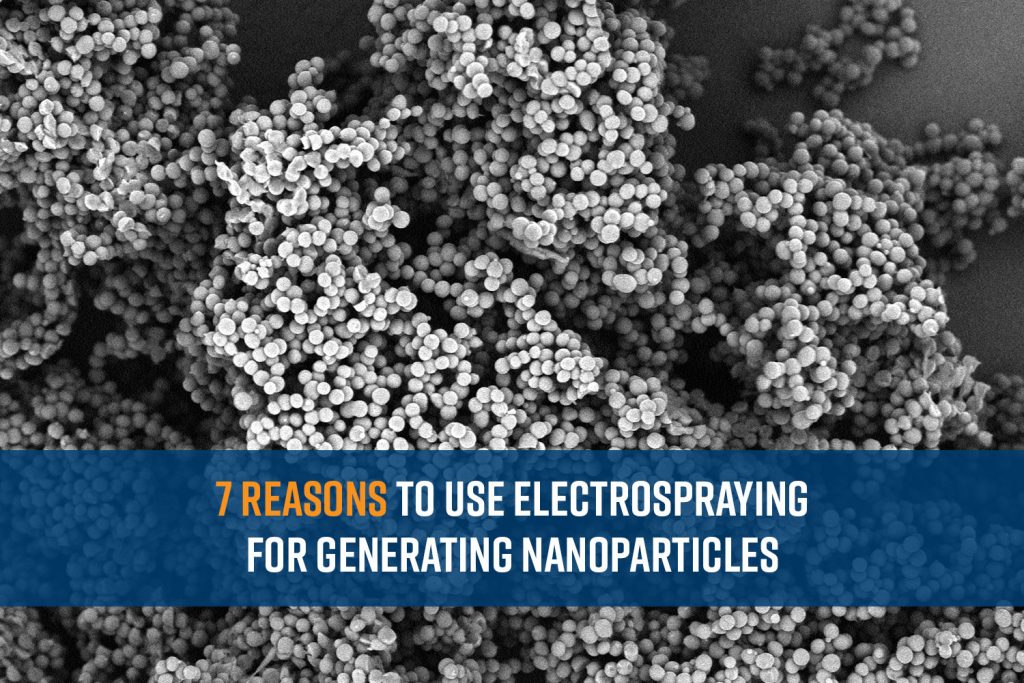
Particles are used daily in a wide variety of applications including coating surfaces and encapsulation of active ingredients. Coating surfaces can impart additional functionality and modulate the mechanical properties of the surface. Encapsulation of active pharmaceutical ingredients (APIs) is an effective method of delivering drugs to the site of action, especially water-insoluble drugs. Encapsulation of […]
Role of Cyclic Voltammetry in Li-Ion Battery Materials Research

Cyclic voltammetry (CV) is one of the most popular techniques used for electrochemistry experiments and is commonly used to study oxidative and reductive processes. This technique involves measuring the current that is generated during the redox process when the voltage is varied between the electrodes. CV can be used to assess the redox properties, charge-discharge […]
International Symposium for Testing & Failure Analysis | Nov. 12-16, 2023 | Phoenix, AZ

ISTFA – International Symposium for Testing & Failure Analysis Join our microscopy specialists as we delve into the smallest defect analyses using the innovative features of the Phenom desktop scanning electron microscope. Explore many Phenom features such as elemental identification with EDS, low kV imaging, and automated acquisitions. Further leverage cross-section preparation by ion milling, […]
Desktop STEM as a Sample Screening Tool for Cryo-EM
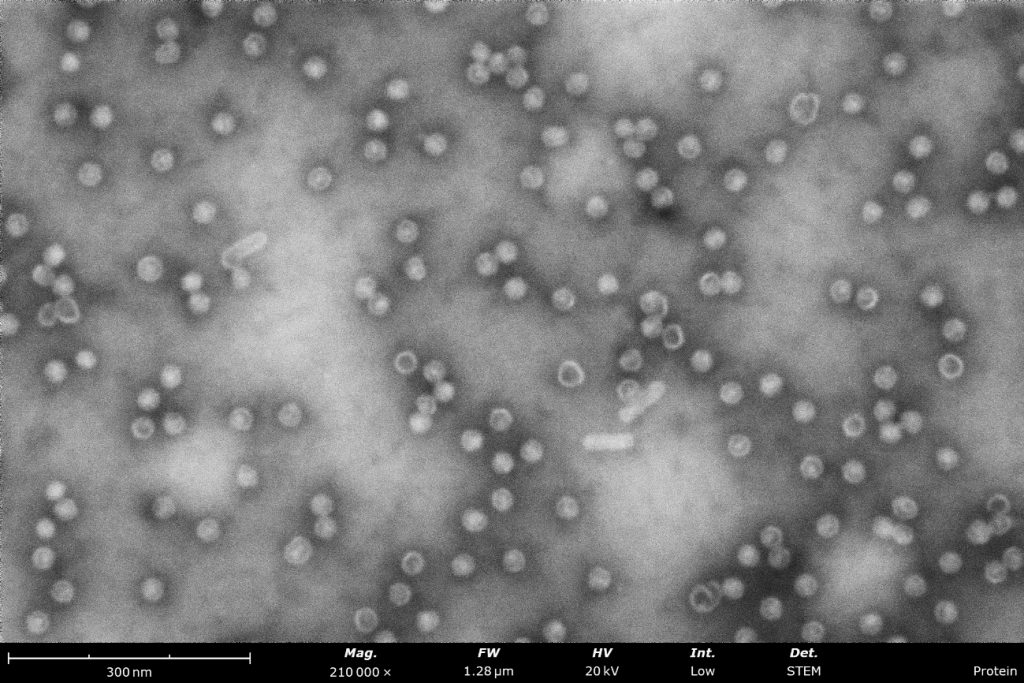
Sample preparation for cryogenic electron microscopy (cryo-EM) can be a demanding and expensive process, requiring several rounds of purification and screening to isolate the macromolecules of interest. Negative stain electron microscopy (EM) is one of the established tools for the initial screening of purified samples, specifically for assessment of particle size, morphology, concentration, and agglomeration. […]
How does Surface Roughness Affect Contact Angle Measurements?

Contact angle measurements with an optical tensiometer can be quick, non-destructive, and straightforward measurements to characterize surface chemistry and understand the interaction of a surface with a liquid of interest. Young’s equation (Figure 1A) defines the measured contact angle as a function of the surface tension of the liquid, the surface energy of the solid, […]
Empowering Nanofibers: Enhancing Usability and Overcoming Production Challenges
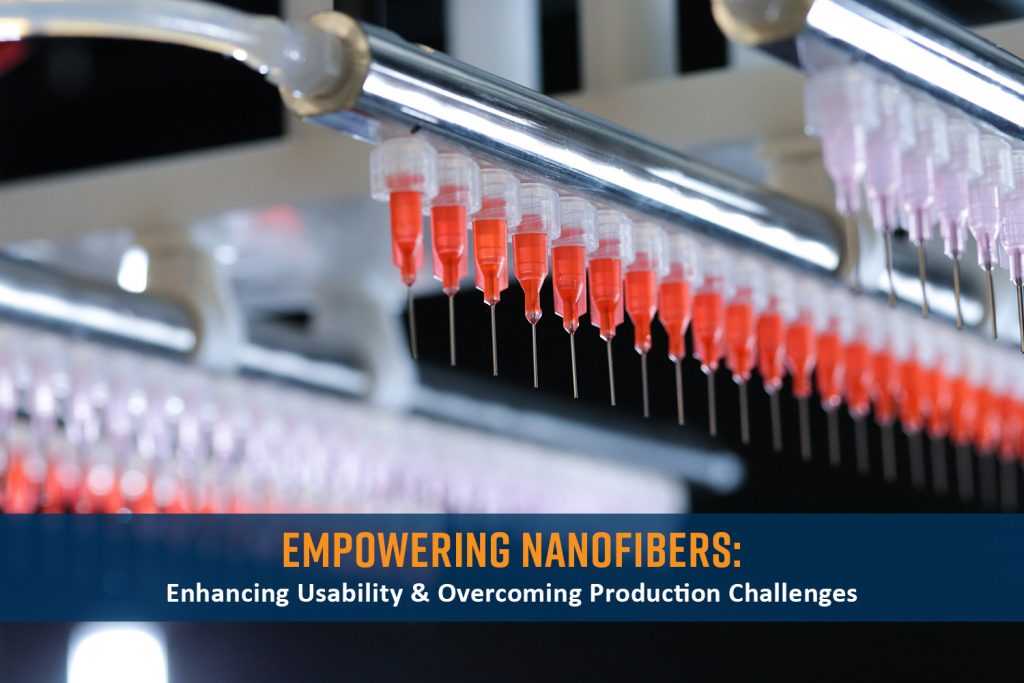
Nanofibers, or fibers with diameters on the scale of 10-9 meters, exhibit unique properties, differing significantly from the properties of the bulk materials. These include a large surface area to volume ratio, high porosity, high encapsulation efficiency, superior mechanical properties, and higher chemical stability. As a result of these remarkable properties, some versatile materials have found their way into a multitude of applications with the potential to address critical challenges in numerous fields and lead to a more sustainable and technologically advanced future.
AVS 69th International Symposium | Nov. 7-9, 2023 | Portland, OR

AVS International Symposium and Exhibition Nanoscience Instruments is excited to announce our return to the AVS International Symposium in 2023! We will be showcasing the breadth of our surface science and electron microscopy solutions, including Quartz Crystal Microbalances with Dissipation monitoring (QCM-D), optical and force tensiometers, desktop Scanning Electron Microscopes (SEM), and SEM sample prep […]
7 Recent Advancements in Nanofiber Applications
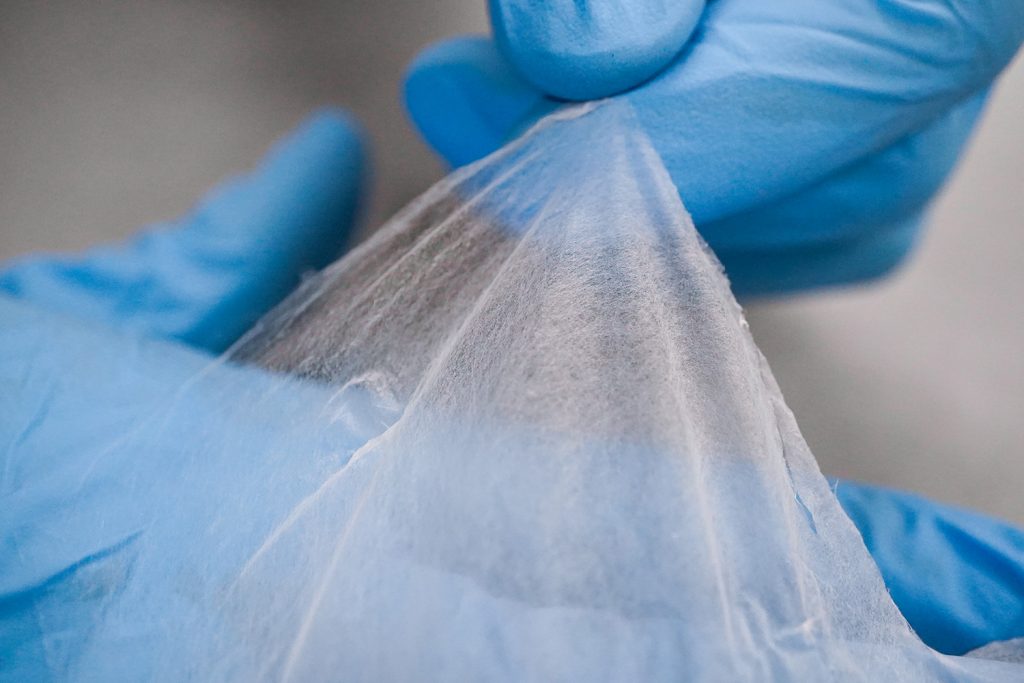
Nanofibers are ultrafine fibers with diameters typically ranging from a few nanometers (nm) to a few hundred nanometers. To put this in perspective, a nanometer is one billionth of a meter, and the width of a human hair is about 80,000 nm. Super small!
The Role of SEM in the Medical Device Industry
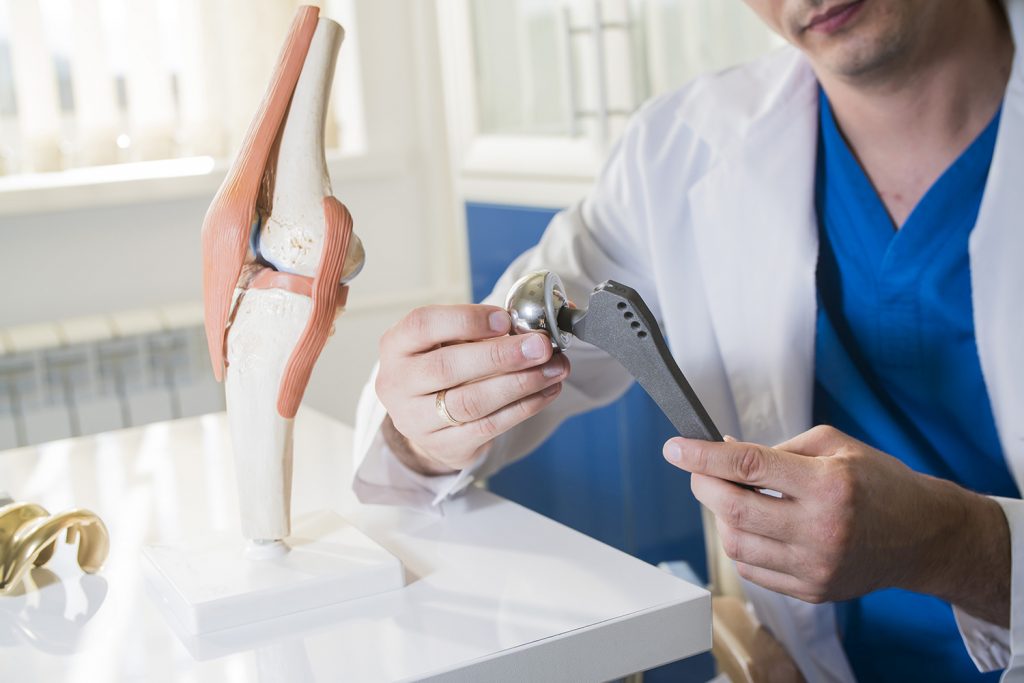
Implantable medical devices are continually pushing the boundaries of what is possible when modern medicine and engineering join forces. An implantable medical device is an instrument that is surgically inserted into a patient’s body to restore or enhance function to diseased or injured parts of the body. Common examples include pacemakers for correcting heart arrhythmia, […]
Particle Analysis in Additive Manufacturing
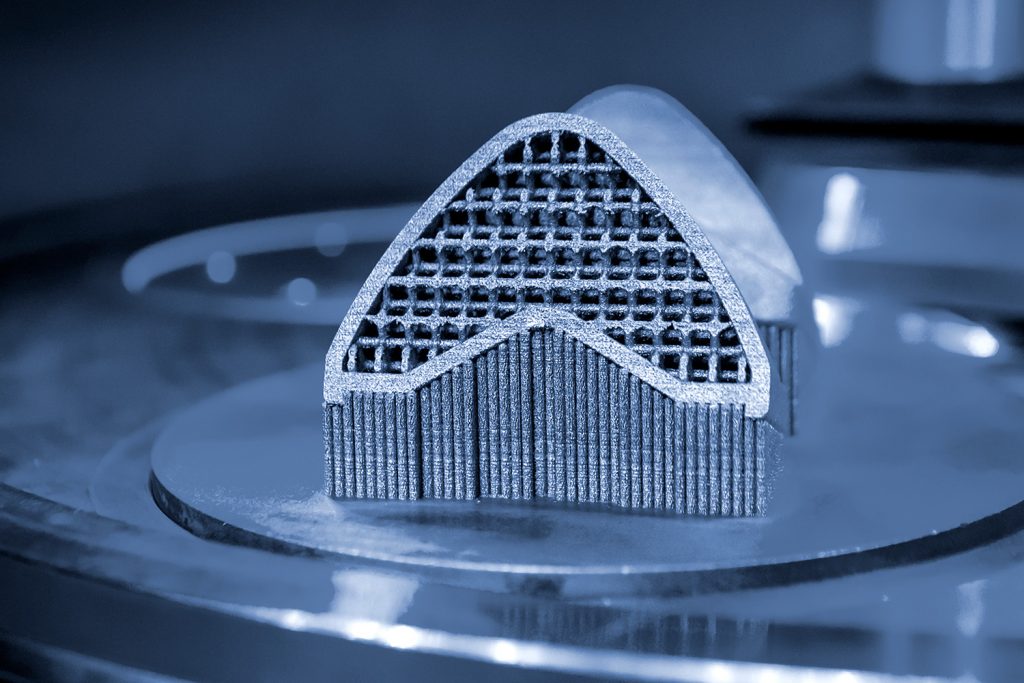
From supersonic jets to prosthetic knees, 3D-printed parts are revolutionizing design and production across industries. Printed components are no longer just prototypes, but now perform critical functions in the realms of aerospace, medical, dental, automotive, and beyond.
